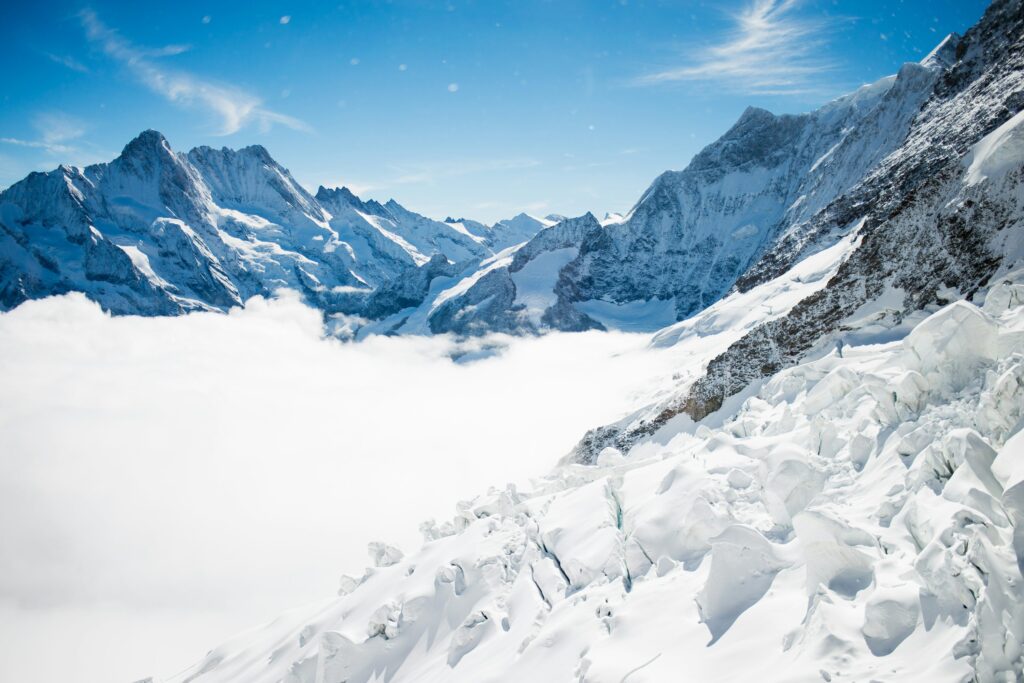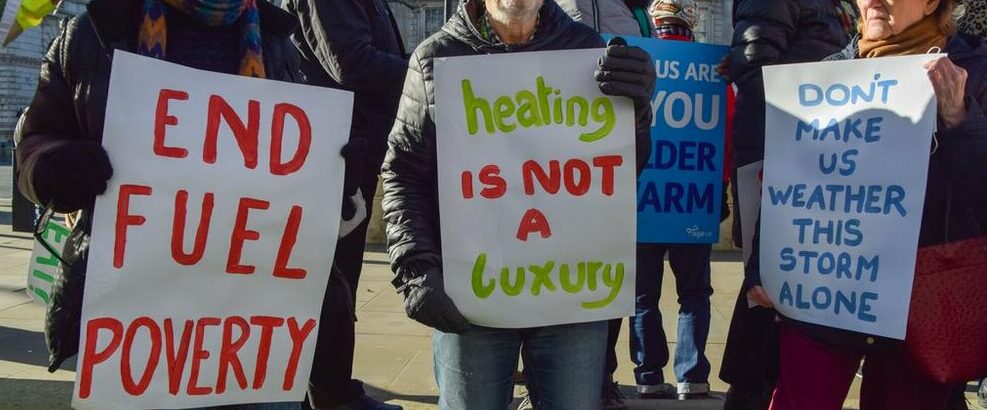A new study says climate change wiped out human species. Told you so nyeah nyeah. To be sure, the species in question were our hairy cousins Homo habilis, ergaster, erectus, heidelbergensis and poor old Neanderthals, to whose problems Homo sapiens added by out-competing them. Boo homo sapiens, now doing themselves in according to one of the authors: “It is worrisome to discover that our ancestors, which were no less impressive in terms of mental power as compared to any other species on Earth, could not resist climate change. And we found that just when our own species is sawing the branch we’re sitting on by causing climate change. I personally take this as a thunderous warning message. Climate change made Homo vulnerable and hapless in the past, and this may just be happening again.” Which might strike Ergaster as poetic justice. But his actual autopsy shows that he died from… what’s this? Global hypothermia? Yes. Natural cooling did it. Exactly unlike today.
It’s odd how every past climate disaster now makes people think of the dreadful warming caused by man-made CO2. Even if the event had nothing to do with CO2 and, for instance in this case, you discover that in the fine print the last desperate rush of these doomed dopey cave men was for… a warmer climate. Yes indeed. According to that same author, Pasquale Raia of Università di Napoli Federico II in Naples, "They tried hard; they made for the warmest places in reach as the climate got cold, but at the end of the day, that wasn't enough.”
Warmest? What heresy is this? Exactly how dumb was Fred Flintstone? Isn’t warming badder than badness itself? Don’t we dream of it staying cool? Not it seems if we’re the last sad band of homo habilis huddled round a dying fire. Though in fact we shouldn’t call our ancestors dopey. Raia says “despite technological innovations including the use of fire and refined stone tools, the formation of complex social networks, and – in the case of Neanderthals – even the production of glued spear points, fitted clothes, and a good amount of cultural and genetic exchange with Homo sapiens, past Homo species could not survive intense climate change.” So we won’t either, despite technological innovations like nuclear power and carbon-fibre tools, mass rapid transportation, complex social media networks and even the production of microchips, Velcro and Gortex, and a non-trivial amount of cultural and genetic interchange with various other Homo sapiens who have done stuff like build dykes, air-condition buildings, irrigate crops and so forth.
Now the study radiates the usual scientific certainty, with the loaded term “likely” in the headline, and in the text, claiming “climate change – the inability to adapt to either warming or cooling temperatures – likely played a major role in sealing their fate”. But how likely is it? In his A Short History of Nearly Everything, Bill Bryson observes that we actually have amazingly little evidence of all these australopithicenes, habilenes and other pontificenes. “‘You could fit it all into the back of a pickup truck if you didn’t mind how you jumbled everything up,’ Ian Tattersall, the … curator of anthropology at the American Museum of Natural History in New York, replied when I asked him the size of the total world archive of hominid and early human bones…. If you brought back to life every homo erectus individual whose existence we could vouch for, they wouldn’t fill a school bus. Homo habilis… just two partial skeletons and a number of isolated limb bones.” And there are huge time gaps, as well as entire subcontinents from which we have only a handful of fragments.
In fact we’re not even very sure whether human evolution is likely a candelabra, a pole with spikes or a relay race, or which of these species were real. (The paper itself concedes that it’s not clear whether H. habilis and H. rudolfensis were separate species, or whether ergaster and erectus were.) But the researchers had a computer model of climate over the last 5 million years, you see. Indeed a “a high-resolution past climate emulator”. And it noted the obvious, namely that the climate got suddenly worse because it got cold.
Being a true academic paper, it’s full of colourful charts of “Multivariate Distance between the Barycenters of the Climatic Niche Occupied by the Species in Individual Time Bins” complete with “minimum convex polygon” and “Sensitivity of Schoener's D Value (y Axis) to the Archaeological Locality Ages” while managing never to say out loud when it thinks the various species died out. But here’s the deal.
They were all doing as well as can be expected of those to whom fire is a killer app (or “ow ow hot thing” to steal a phrase from the comic Sally Forth) during the warm, wet Pliocene. But the cold dry Pleistocene did most of them in, with a bit of help to the Neanderthals in shuffling off the stage from their loving cousins H. sapiens. And CO2 had nothing to do with it.
So yes, once again, when they take their eye off the polemical ball, scientists blurt out that CO2 does not drive temperature and that warmth is good for life and cold is bad. Even for human life complete with glued spear points.


